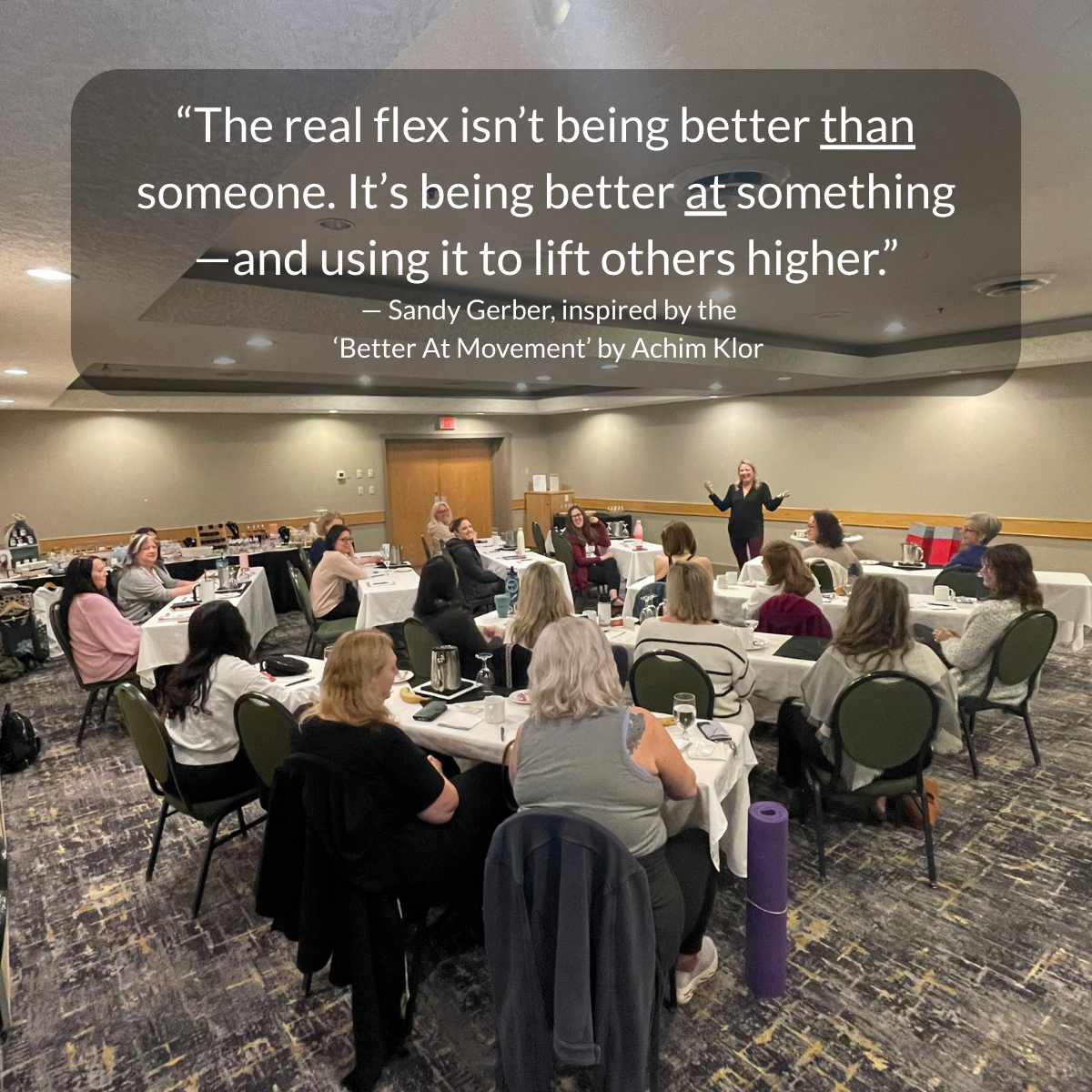Eye contact is one of the ways we can express our thoughts and emotions through body language. The body gives us so many cues and signals subconsciously. Almost every moving part of the body can contain some message.
I find the easiest way to learn, remember, and use body language techniques is to think of 7 Points of Impression. Your goal for these 7 Points of Impression is to minimize people’s misperceptions of your body language. The more you observe others 7 Points of Impression, the more you control the impressions you make on others. These 7 Points of Impression help you to spark a connection through your nonverbal communication to create satisfying relationships.
Many neuroscientists believe mirror neurons in our brains help us understand the actions and intentions of other people, which in turn triggers a feeling of safety or fear and the resulting fight, flight, or freeze response. This triggers long before our energy-hungry cerebral cortex has a chance to determine if the other person really is safe or not.
Whether you are attempting to connect with one person, a few people or a large audience, the rules for connection apply.
To truly connect with a person, focus on their needs, and convey a sense of commitment to your listener. Your listener will hear what you know and say, but he will feel what you say, by the way you say it – your body language!
In this post, we will go through one of the 7 Points of Impression, Eye Contact.
POINT #2 – Eye Contact
Eye contact is vital. We tend to favour people who make direct eye contact with us. When you read any body language behavior, your best bet is to always revert to the person’s eyes. It always amazes me how people forget to make eye contact with the people they love. When you fail to look, you lose the opportunity to connect.
When you are speaking or listening to a person, make eye contact. This not only is a courtesy to show the person you are interested in and listening, but it is also direct contact that builds trust. Obviously use your common sense here for your duration of eye contact. If the person is responding to your gaze by looking away or down, it is time to minimize your stare, as the person is likely uncomfortable.
Eye contact is governed by cultural norms and personal preferences. In some cultures, it is permissible to look at someone for three to four seconds, while in others anything beyond two seconds is considered rude.
Build Rapport Easily
It is only when you see “eye to eye” with a person that a real basis for communications can be established. To build a good rapport with someone, your gaze should meet his about 60-70 percent of the time. The most effective place to look in your gaze is in a triangular area on the other person’s face, between the eyes and the mouth.
If you are communicating among a group of people, then you should aim to make eye contact with each person listening. Don’t stare at anyone in particular. Keep moving to each individual and try to hold their gaze for one full thought. It is really important that you look at people when they ask you questions. You should give a direct reply when you answer.
Relaxed eyes signal comfort and confidence. When we are at ease, the muscles around the eyes, forehead, and cheeks relax – but the minute we are stressed or something bothers us, they become tense. If you see sudden tension around the eyes or squinting, the person is focusing or might be stressed. The muscles of the eyes and the surrounding tissue react to stress much faster than other facial muscles.
Studies have shown that all over the world, high-status individuals engage in more eye contact, while speaking and listening. Great leaders are good at looking at people as they present an image of confidence and control.
Talking to One Person or Many
If you are talking with more than one person, don’t scan the crowd. Focus on one person for one full thought (5-7 seconds). The listener will feel a connection with you and will think you are committed to sharing your message with that individual directly. You will look more composed, sound more confident, and comfortable with yourself. You not only convey your content, but you convey your sense of commitment to your audience.
You’ll want to balance eye contact in a one-on-one situation, you do not want to stare. There are so many natural breaks in eye contact in a conversation. People look up/left/away to retrieve a memory or recall a thought. They look down at their notepad as they take notes. You need to make a conscious choice to keep eye contact. If you sense someone is uncomfortable with eye contact, you can drop your eyes and take a note or two.
Beware Eye Signals
One signal of eye contact to use is the eyebrow flash. Eyebrow arching or flashing conveys excitement or signifies something positive. When we arch our brows in an upward direction, in one-fifth of a second, we tell people we care and are happy to see them. We essentially let others know we value them, even when we are occupied, with a simple eyebrow flash.
Depending on people’s attitude and mood, our pupils will dilate or contract. When someone becomes excited, their pupils can dilate up to four times their normal size. Conversely, an angry, negative mood causes the pupils to contract to what is commonly known as “beady little eyes”.
Be mindful of where your eyes go when someone is talking to you. If you look away from the person, it may come across to the person as if you are not certain of what the person is saying. Looking away from either party signals concealment of truth, disagreement, or disinterest.
If you look at the speaker while he talks, you signal, “I agree with you”, or “I am interested in what you have to say.” Also, when you speak and you look at the listener, you signal, ‘I am certain of what I am saying”.
The 7 Points of impression are your ground rules for sparking a connection with others and establishing a good rapport. You’ve been playing the game of body language subconsciously all of your lifetime. Now is the time to observe it in others and demonstrate positive body language in all of your communications. Start with this one Point of Impression, eye contact, and strengthen your nonverbal skills today. If you want to improve your body language communications today, check out my communication training programs, workshops, and bootcamps which include the 7 Points of Impression and more! All my best to you in your communications.




0 Comments